-
 Bitcoin
Bitcoin $109,459.7682
2.44% -
 Ethereum
Ethereum $2,598.6052
6.29% -
 Tether USDt
Tether USDt $1.0003
0.00% -
 XRP
XRP $2.2734
3.95% -
 BNB
BNB $661.4886
1.58% -
 Solana
Solana $155.4825
4.35% -
 USDC
USDC $0.9999
-0.02% -
 TRON
TRON $0.2838
1.04% -
 Dogecoin
Dogecoin $0.1740
8.25% -
 Cardano
Cardano $0.6047
9.04% -
 Hyperliquid
Hyperliquid $40.2302
6.50% -
 Sui
Sui $2.9863
10.05% -
 Bitcoin Cash
Bitcoin Cash $509.5786
0.60% -
 Chainlink
Chainlink $13.8156
6.03% -
 UNUS SED LEO
UNUS SED LEO $9.0142
0.69% -
 Avalanche
Avalanche $19.0337
8.68% -
 Stellar
Stellar $0.2438
5.17% -
 Toncoin
Toncoin $2.9012
3.59% -
 Shiba Inu
Shiba Inu $0.0...01210
6.20% -
 Litecoin
Litecoin $90.0882
7.05% -
 Hedera
Hedera $0.1597
8.53% -
 Monero
Monero $326.3340
2.88% -
 Polkadot
Polkadot $3.6365
9.32% -
 Bitget Token
Bitget Token $4.6162
2.72% -
 Dai
Dai $1.0001
0.00% -
 Ethena USDe
Ethena USDe $1.0002
-0.01% -
 Uniswap
Uniswap $7.6403
10.47% -
 Pepe
Pepe $0.0...01060
12.03% -
 Aave
Aave $281.3664
7.56% -
 Pi
Pi $0.4992
1.76%
What is a generative art collection?
Generative art NFTs use algorithms and blockchain to create unique digital artworks, blending code, creativity, and ownership in innovative ways.
Jul 03, 2025 at 02:28 pm
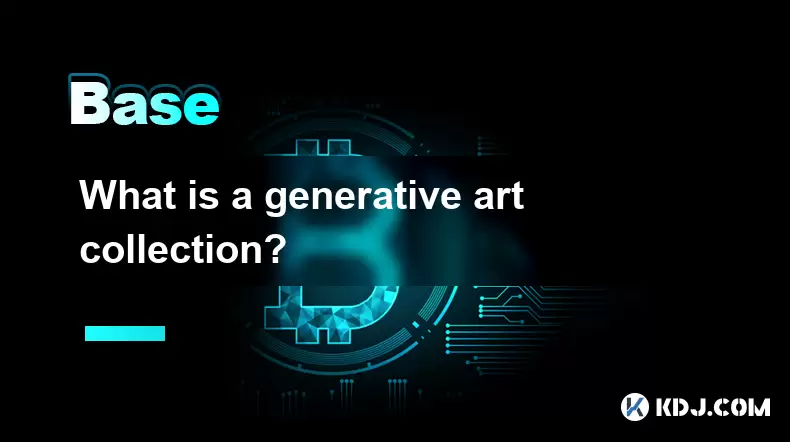
Understanding Generative Art in the Context of NFTs
Generative art refers to artwork that is created using an autonomous system, typically involving algorithms or code. In the context of NFTs (Non-Fungible Tokens) and blockchain technology, generative art collections are digital artworks that are algorithmically generated and stored on the blockchain. Each piece within a collection is often unique or semi-unique, derived from a set of predefined rules or variables programmed by the artist.
These collections are usually minted as part of a blockchain-based platform, most commonly on Ethereum or other smart contract-supporting blockchains like Solana or Polygon. The use of smart contracts allows for the automatic generation and distribution of these artworks when users interact with the platform, such as during a minting event.
How Are Generative Art Collections Created?
Creating a generative art collection involves several steps, starting with conceptualization and design. Artists begin by defining visual elements—shapes, colors, textures, and layers—that will be combined algorithmically. They then write or use existing generative algorithms, often using programming languages like JavaScript, Python, or tools like p5.js or Processing.
Once the algorithm is ready, it’s integrated into a smart contract on a blockchain platform. When users mint NFTs from the collection, the algorithm runs, producing a unique combination of the defined elements. This process ensures that each token has distinct characteristics while maintaining a cohesive aesthetic across the collection.
The final step involves storing both the metadata and the image itself on decentralized storage systems like IPFS (InterPlanetary File System) or Arweave, ensuring permanence and accessibility.
The Role of Smart Contracts in Generative Art NFTs
Smart contracts play a pivotal role in how generative art collections function. These self-executing contracts contain the logic for generating and assigning artwork to users upon minting. They define the parameters such as rarity, traits, and randomness mechanisms.
For example, a generative art project might have a limited number of specific traits—like "golden eyes" or "robot body"—that appear only under certain conditions coded into the contract. The contract also determines how many total pieces exist in the collection and whether the order of minting affects the outcome.
Developers must thoroughly test these contracts before deployment to ensure fairness and prevent exploits. Security audits are common practice to verify that no vulnerabilities exist which could compromise the integrity of the collection or user funds.
Rarity and Value in Generative Art Collections
Rarity plays a significant role in determining the value of individual NFTs within a generative art collection. Since each piece is algorithmically generated, some combinations of traits occur less frequently than others. Platforms like OpenSea or Rarity.tools allow collectors to analyze and compare the scarcity of different attributes.
Collectors often look for rare traits when purchasing NFTs, hoping their value will appreciate over time. Some generative art projects even introduce hidden traits or surprise elements to increase excitement and engagement.
It's important to note that rarity does not always equate to market value, as popularity, community support, and artistic appeal also heavily influence pricing. However, understanding rarity mechanics can help investors make more informed decisions.
Examples of Popular Generative Art NFT Projects
Several generative art NFT collections have gained widespread attention in the crypto space. One of the most famous is CryptoPunks, originally generated algorithmically and distributed for free. Another notable example is Art Blocks, a platform that enables artists to create on-chain generative art through code.
Projects like Fidenzas by Tyler Hobbs and Chromie Squiggles by Snowfro have demonstrated how generative techniques can yield visually compelling and collectible works. These projects highlight the intersection of code, creativity, and ownership enabled by blockchain technology.
Each project varies in style, complexity, and utility, but they all share the core principle of algorithmic generation, making them part of a growing movement in digital art and blockchain innovation.
Frequently Asked Questions
Q: Can I create my own generative art NFT without coding experience?
Yes, there are platforms like fx(hash) or Objkt.com that provide templates and tools for artists who may not have coding skills. While some technical understanding helps, many tools abstract away complex programming, allowing artists to focus on design and aesthetics.
Q: How do I view generative art NFTs after minting?
After minting, you can view your NFT on compatible marketplaces like OpenSea, LooksRare, or directly on the platform where the collection was launched. Most wallets like MetaMask will display the NFT once the transaction confirms.
Q: Are generative art NFTs stored entirely on the blockchain?
Most generative art NFTs store only the metadata and algorithm on-chain, while the actual image file is hosted off-chain via IPFS or Arweave. However, some advanced projects generate and store the full image data directly on the blockchain for increased decentralization and longevity.
Q: What happens if the algorithm used to generate the art becomes outdated?
As long as the smart contract remains on the blockchain and the generation logic is preserved, the artwork can still be rendered regardless of changes in technology. Many projects open-source their generation code to ensure long-term accessibility and transparency.
Disclaimer:info@kdj.com
The information provided is not trading advice. kdj.com does not assume any responsibility for any investments made based on the information provided in this article. Cryptocurrencies are highly volatile and it is highly recommended that you invest with caution after thorough research!
If you believe that the content used on this website infringes your copyright, please contact us immediately (info@kdj.com) and we will delete it promptly.
- Crypto Summer Buys: Is Shiba Inu Out, and What's In?
- 2025-07-03 18:30:12
- Bitcoin, Solaris Presale, and Coin Watch: Catching the Next Wave
- 2025-07-03 19:10:11
- BONK ETF Buzz: Catalyst for a Meme Coin Moonshot?
- 2025-07-03 19:50:12
- Sui Coin, Bitcoin Solaris, and the Presale Opportunity: Catching the Next Wave
- 2025-07-03 19:50:12
- Sui Coin, Bitcoin Solaris, and Presale Opportunities: What's the Buzz?
- 2025-07-03 19:55:14
- MEXC's Bitcoin Reserves: A Fortress of Asset Coverage
- 2025-07-03 19:55:14
Related knowledge

What is open interest in derivatives?
Jul 03,2025 at 02:49pm
Understanding Open Interest in DerivativesOpen interest is a critical metric used in the cryptocurrency derivatives market, particularly when analyzing futures and options contracts. It represents the total number of outstanding contracts that have not been settled or closed by either party involved. Unlike trading volume, which counts all trades made i...
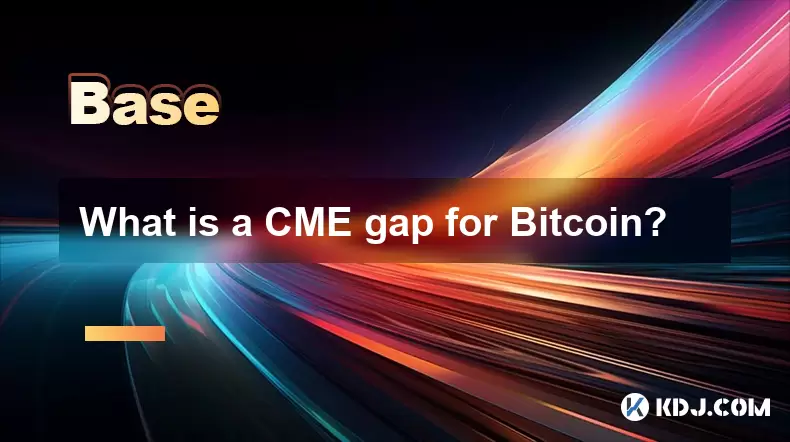
What is a CME gap for Bitcoin?
Jul 03,2025 at 05:49pm
Understanding the Concept of a CME GapA CME gap refers to a discrepancy in price between the closing price of Bitcoin on the Chicago Mercantile Exchange (CME) and its opening price when trading resumes. This phenomenon occurs because the CME operates during specific hours, typically aligned with traditional market hours, while cryptocurrency markets ope...
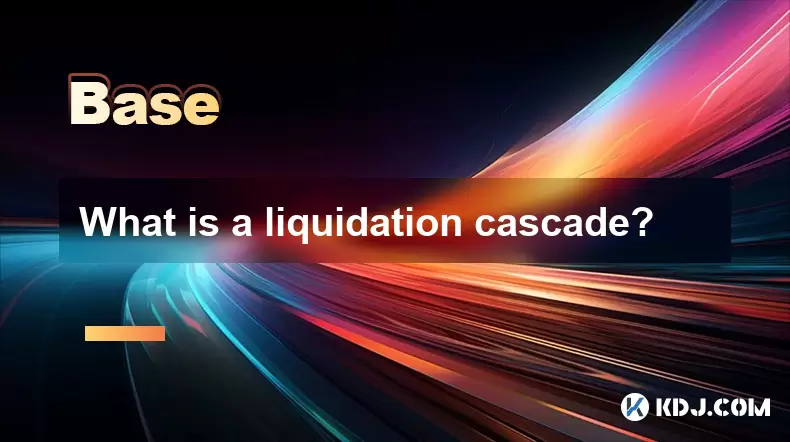
What is a liquidation cascade?
Jul 03,2025 at 07:15am
Understanding the Concept of LiquidationIn the realm of cryptocurrency trading, liquidation refers to the process by which a trader's position is automatically closed due to insufficient funds to maintain the leveraged trade. This typically occurs when the market moves against the trader's position and their account equity falls below the required maint...
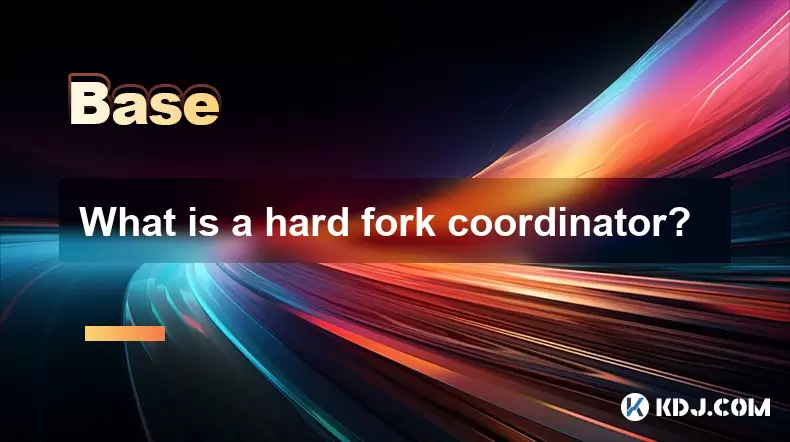
What is a hard fork coordinator?
Jul 03,2025 at 12:42pm
Understanding the Role of a Hard Fork CoordinatorIn the world of blockchain and cryptocurrencies, a hard fork coordinator plays a critical role during major network upgrades. A hard fork is a significant change to a blockchain’s protocol that makes previously invalid blocks or transactions valid (or vice versa). This type of upgrade requires all nodes o...
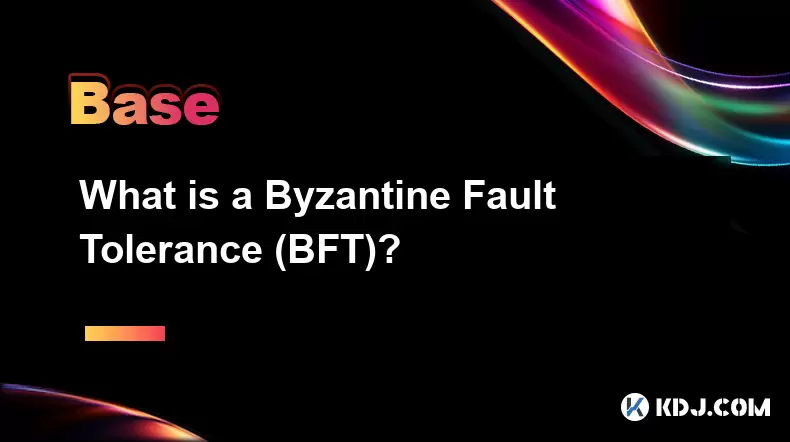
What is a Byzantine Fault Tolerance (BFT)?
Jul 03,2025 at 11:49am
Understanding the Concept of Byzantine Fault ToleranceByzantine Fault Tolerance (BFT) is a critical concept in distributed systems, particularly within the realm of blockchain technology and cryptocurrencies. It refers to the ability of a system to continue functioning correctly even when some components fail or behave maliciously. The term originates f...
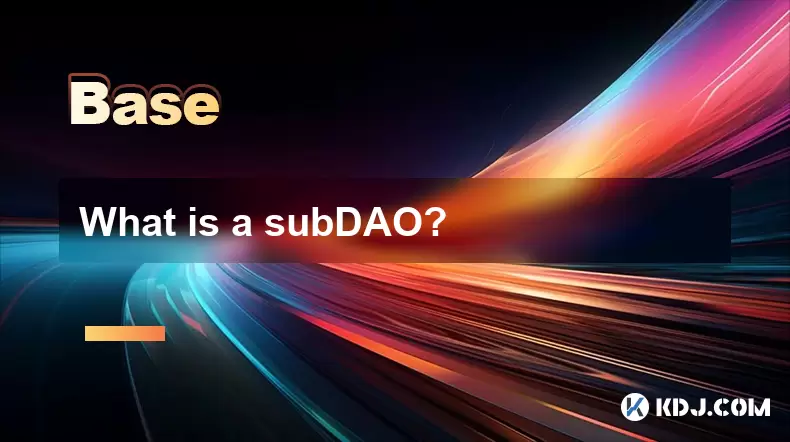
What is a subDAO?
Jul 03,2025 at 09:36am
Understanding the Concept of SubDAOA SubDAO, short for Sub-Decentralized Autonomous Organization, is a specialized entity that operates under the umbrella of a larger DAO (Decentralized Autonomous Organization). It functions with its own set of rules, governance mechanisms, and tokenomics while remaining aligned with the overarching goals of the parent ...

What is open interest in derivatives?
Jul 03,2025 at 02:49pm
Understanding Open Interest in DerivativesOpen interest is a critical metric used in the cryptocurrency derivatives market, particularly when analyzing futures and options contracts. It represents the total number of outstanding contracts that have not been settled or closed by either party involved. Unlike trading volume, which counts all trades made i...

What is a CME gap for Bitcoin?
Jul 03,2025 at 05:49pm
Understanding the Concept of a CME GapA CME gap refers to a discrepancy in price between the closing price of Bitcoin on the Chicago Mercantile Exchange (CME) and its opening price when trading resumes. This phenomenon occurs because the CME operates during specific hours, typically aligned with traditional market hours, while cryptocurrency markets ope...

What is a liquidation cascade?
Jul 03,2025 at 07:15am
Understanding the Concept of LiquidationIn the realm of cryptocurrency trading, liquidation refers to the process by which a trader's position is automatically closed due to insufficient funds to maintain the leveraged trade. This typically occurs when the market moves against the trader's position and their account equity falls below the required maint...

What is a hard fork coordinator?
Jul 03,2025 at 12:42pm
Understanding the Role of a Hard Fork CoordinatorIn the world of blockchain and cryptocurrencies, a hard fork coordinator plays a critical role during major network upgrades. A hard fork is a significant change to a blockchain’s protocol that makes previously invalid blocks or transactions valid (or vice versa). This type of upgrade requires all nodes o...

What is a Byzantine Fault Tolerance (BFT)?
Jul 03,2025 at 11:49am
Understanding the Concept of Byzantine Fault ToleranceByzantine Fault Tolerance (BFT) is a critical concept in distributed systems, particularly within the realm of blockchain technology and cryptocurrencies. It refers to the ability of a system to continue functioning correctly even when some components fail or behave maliciously. The term originates f...

What is a subDAO?
Jul 03,2025 at 09:36am
Understanding the Concept of SubDAOA SubDAO, short for Sub-Decentralized Autonomous Organization, is a specialized entity that operates under the umbrella of a larger DAO (Decentralized Autonomous Organization). It functions with its own set of rules, governance mechanisms, and tokenomics while remaining aligned with the overarching goals of the parent ...
See all articles

























































































